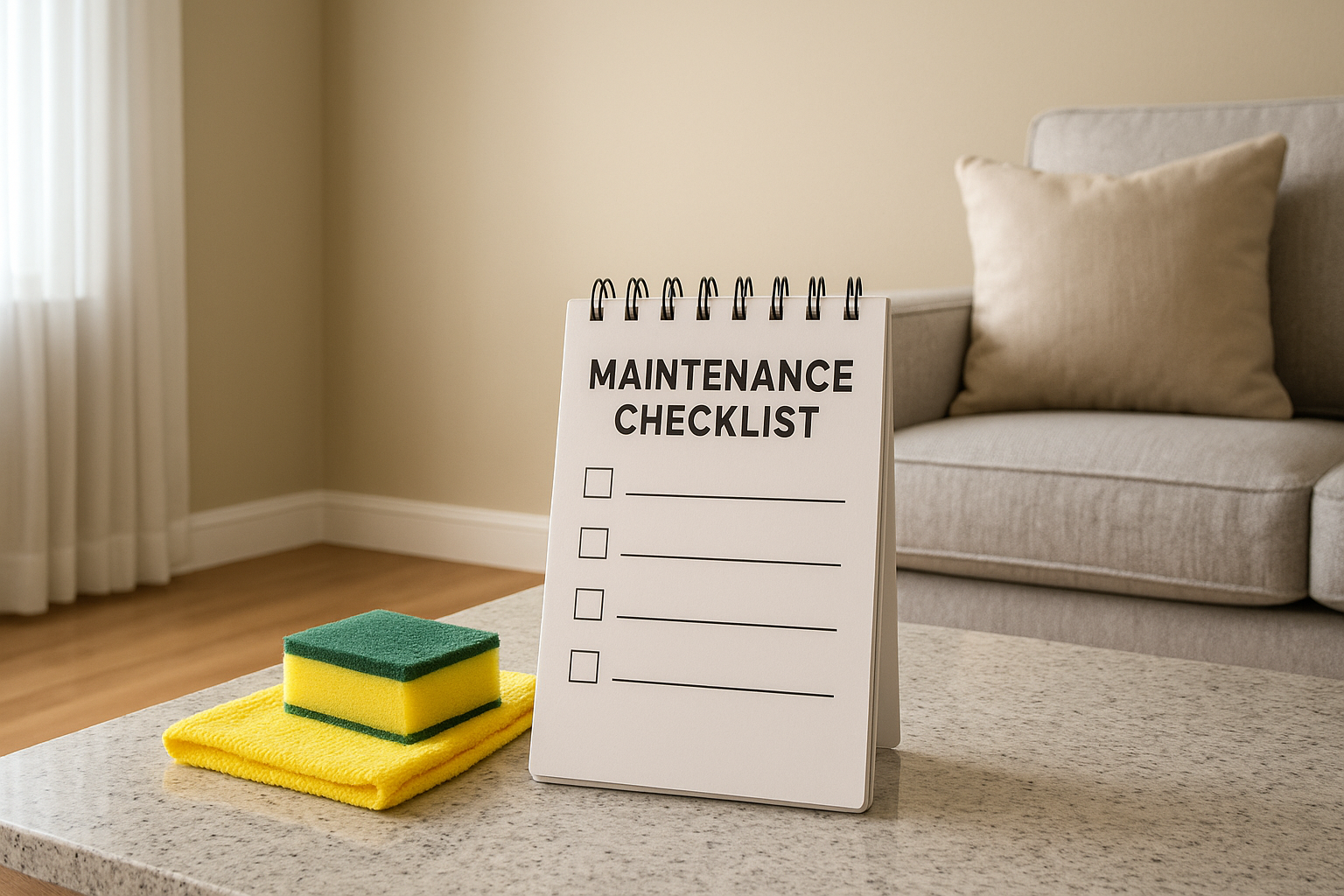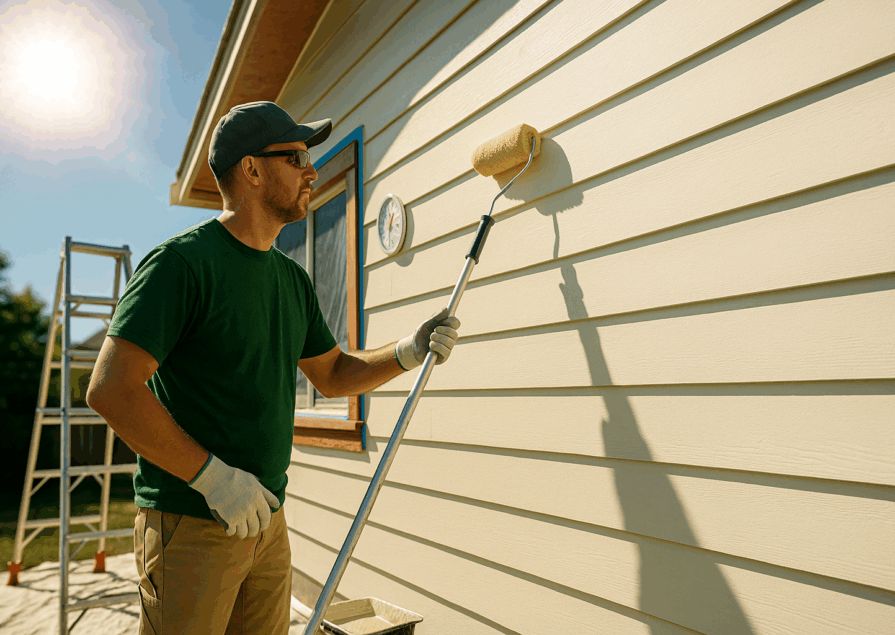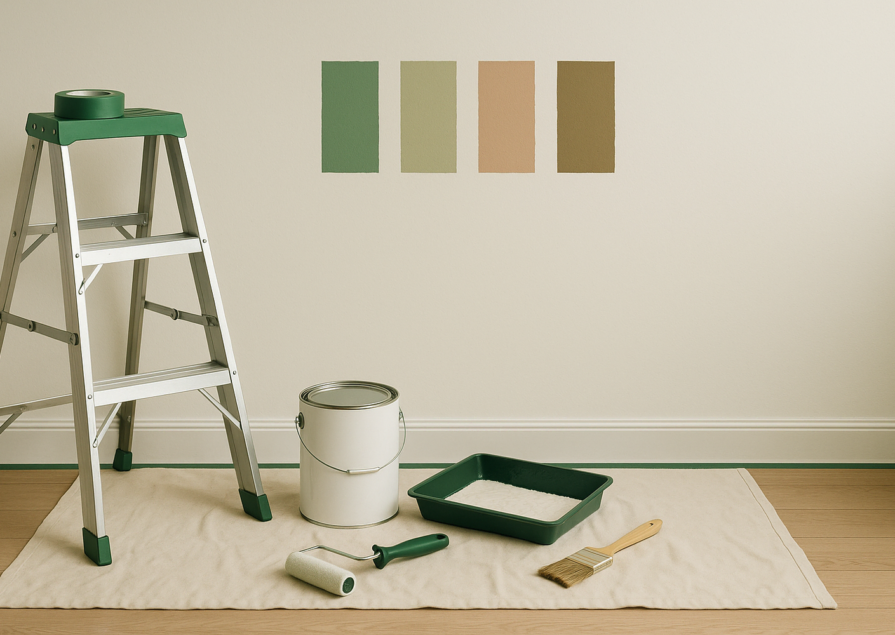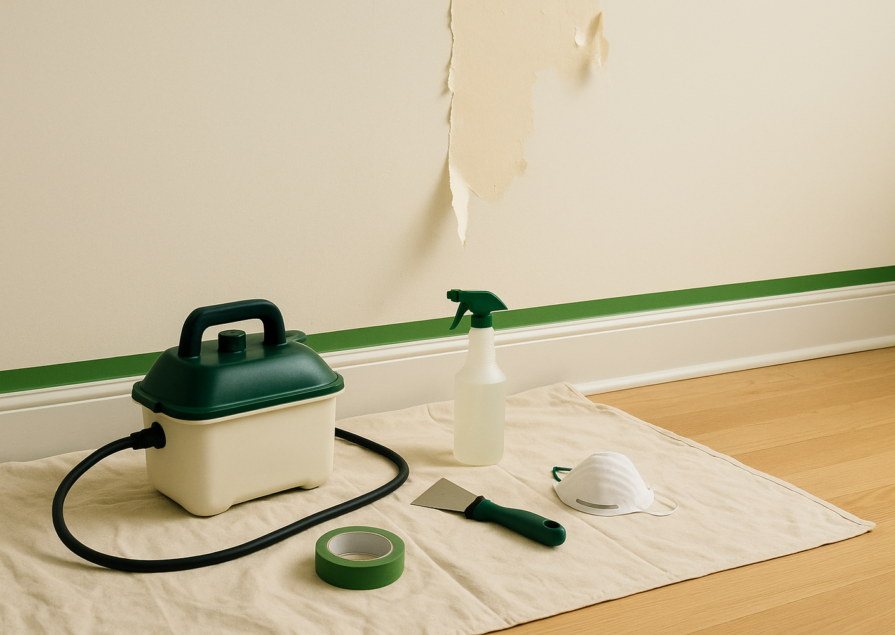The Importance of Preserving Paint Longevity
Interior paint is more than just a decorative feature—it protects your walls and enhances the ambiance of your home. Proper maintenance ensures the paint’s durability, keeping colors vibrant and preventing wear and tear. With small, consistent care efforts, you can extend the life of your painted surfaces significantly, saving both time and money on frequent repaints.
Common Risks to Painted Walls and Surfaces
Painted walls face several challenges in daily life, such as:
- Scuffs and scratches from furniture, pets, or kids.
- Stains from spills, grease, or dirt in high-traffic areas like kitchens or hallways.
- Environmental factors, including humidity, sunlight exposure, and temperature changes, that can lead to fading, peeling, or cracking.
Identifying these risks early helps mitigate long-term damage.
Benefits of a Well-Maintained Interior Paint Job
- Improved aesthetics: Clean and polished walls keep your interiors looking fresh.
- Healthier living spaces: Regular cleaning reduces dust and allergens trapped on painted surfaces.
- Higher property value: Well-maintained walls contribute to an appealing, move-in-ready home—valuable if you’re considering selling, especially in competitive real estate markets.
Initial Steps After Interior Painting
How Long to Let Paint Cure Before Maintenance
Paint drying and curing are distinct processes. While paint may feel dry to the touch within hours, full curing often takes 2-3 weeks, depending on the type and brand. During this period:
- Avoid cleaning or scrubbing the walls.
- Be cautious about placing items against freshly painted surfaces to prevent smudges or indentations.
Immediate Dos and Don’ts Post-Painting
Do:
- Keep the room ventilated: Open windows or use fans to help the paint cure evenly and minimize lingering odors.
- Be mindful of humidity: Maintain a consistent indoor environment to prevent premature peeling or cracking.
Don’t:
- Place furniture against walls: Allow a few inches of clearance to protect the paint while it hardens fully.
- Tape decorations or hooks onto walls: Adhesives can damage fresh paint when removed.
First Cleaning Timeline: When and How
Wait at least 30 days before cleaning newly painted walls to ensure the paint has fully set. After this period:
- Use a soft, dry microfiber cloth to dust the walls gently.
- For minor smudges, use a diluted mild soap solution and lightly dab with a sponge.
- Avoid abrasive tools or harsh chemicals that can scratch or strip the paint.
Pro Tip: High-traffic areas like kitchens or hallways may require more frequent attention. Use these areas as a litmus test for your wall maintenance strategy.
Let me know if you’d like tailored advice or tips for specific spaces!
Regular Maintenance Checklist for Painted Interiors
Dusting and Cleaning Walls Safely
Using Microfiber Cloths or Dusters
Dust can dull the appearance of painted walls over time. To keep walls looking fresh:
- Use a microfiber cloth or a soft duster to gently wipe down walls weekly.
- Work from the top down to prevent dust from resettling on cleaned areas.
- Pay extra attention to corners and baseboards, where dust tends to accumulate.
Recommended Cleaning Solutions for Painted Walls
- For regular cleaning, mix a solution of warm water and mild dish soap.
- Test the solution on a small, inconspicuous area to ensure it doesn’t affect the paint finish.
- Use a soft sponge to clean stains or dirt, avoiding excessive scrubbing.
- Avoid abrasive cleaners or bleach-based products, which can strip the paint or cause discoloration.
Spot Cleaning for Stains and Smudges
Accidents happen, but quick action can prevent permanent stains:
- Gently dab the stained area with a damp cloth or sponge soaked in a mild soap solution.
- For tougher stains, like crayons or grease, use a specialized wall cleaner designed for painted surfaces.
- Avoid scrubbing in circles; instead, use light strokes to preserve the paint.
Managing High-Traffic Areas
High-traffic areas like hallways, kitchens, and children’s rooms often require extra care:
- Perform regular spot checks for scuffs or marks.
- Apply a washable or scrubbable paint finish during initial painting to make maintenance easier.
- Install protective wainscoting or chair rails to guard walls against frequent contact.
Preventing Paint Damage
Best Practices for Hanging Decor and Artwork
Using Removable Adhesive Hooks
- Opt for removable adhesive hooks to hang decor without drilling holes.
- Ensure the weight of the artwork is within the hook’s capacity to avoid accidental falls or wall damage.
Avoiding Nails That Chip Paint
- If nails are necessary, use a small drill bit to create a pilot hole to prevent paint chipping.
- Seal the edges of the hole with clear nail polish to minimize potential cracks around the opening.
Protecting Walls from Furniture Scuffs
Adding Furniture Pads and Bumpers
- Attach felt pads to the legs of chairs, tables, and cabinets to prevent scuffs and scratches.
- Use rubber bumpers or wall guards on larger furniture pieces for added protection.
Maintaining a Slight Gap Between Walls and Furniture
- Leave a 1-2 inch gap between walls and bulky furniture to reduce the risk of accidental paint damage from movement or vibrations.
Childproofing Tips to Protect Painted Walls
- Install washable wall panels or covers in play areas to minimize messes.
- Use easy-to-clean paints such as satin or semi-gloss finishes for rooms with young children.
- Teach children to avoid writing or drawing on walls and provide an alternative like a chalkboard or whiteboard.
By proactively managing high-risk areas and adopting simple protective measures, you can keep your painted interiors looking pristine for years to come. Let me know if you’d like to explore additional strategies!
Seasonal Paint Maintenance Tips
Preparing Walls for Changing Humidity Levels
- Monitor indoor humidity levels using a hygrometer to maintain an ideal range of 40-60%.
- Use dehumidifiers in damp seasons to prevent excessive moisture buildup, which can lead to bubbling or peeling paint.
- During dry seasons, consider using a humidifier to prevent paint from cracking due to extreme dryness.
Addressing Potential Mold or Mildew Issues
- Inspect walls in high-moisture areas like bathrooms and basements for signs of mold or mildew.
- Clean affected areas with a mild bleach solution (1 part bleach to 3 parts water) or a commercial mildew remover.
- Repaint using mildew-resistant paint to protect vulnerable areas.
Seasonal Inspection Checklist for Early Damage Signs
- Check for cracks, chips, or peeling paint that may develop due to temperature fluctuations.
- Inspect corners and baseboards for signs of water damage after heavy rains or snow melts.
- Examine walls near windows for UV fading or discoloration caused by seasonal sun exposure.
Signs It’s Time for Touch-Ups
Identifying Chipped or Peeling Paint
- Look for areas where the paint is flaking, peeling, or cracking, especially near high-traffic zones or moisture-prone areas.
- Scrape off loose paint and sand the area smooth before applying touch-up paint.
Fading or Discoloration Concerns
- Notice if colors have lost their vibrancy or appear uneven, particularly in rooms with constant sunlight.
- Repaint discolored areas using leftover paint or a color-matched option to maintain consistency.
How to Plan for Touch-Up Projects
- Keep a record of the paint type, brand, and color code used for each room to simplify touch-up purchases.
- Use a small foam roller or brush to blend touch-up paint seamlessly into existing finishes.
- Choose overcast days or avoid painting in direct sunlight to ensure even drying and blending.
Long-Term Paint Care Tips
Choosing the Right Cleaning Products
Avoiding Harsh Chemicals
- Avoid products with ammonia, alcohol, or abrasives that can strip paint finishes or leave streaks.
- Stick to pH-neutral cleaners designed specifically for painted surfaces.
Best Eco-Friendly Alternatives
- Use natural solutions like white vinegar mixed with water for a safe and effective cleaner.
- Opt for eco-friendly commercial cleaners that are biodegradable and free from harsh chemicals.
Avoiding Damage from Sunlight Exposure
Using Curtains, Blinds, or UV-Protective Window Films
- Install UV-blocking window films to protect walls from sun damage while preserving natural light.
- Use light-colored curtains or blinds to diffuse sunlight and reduce fading over time.
- Rearrange furniture periodically to prevent uneven sunlight exposure on painted walls.
Keeping Painted Surfaces Scratch-Free
- Regularly inspect walls for scuffs or scratches and address them promptly with spot touch-ups.
- Place protective wall guards in high-contact areas, such as near doorways or hallways.
- Encourage household members to avoid using sharp or abrasive objects near painted surfaces.
With these seasonal and long-term maintenance tips, your painted interiors will remain vibrant and damage-free, enhancing the beauty and longevity of your home. Let me know if you’d like further advice on any of these topics!
Final Maintenance Checklist Summary
Weekly and Monthly Maintenance Tasks
- Weekly Tasks:
- Dust walls using a microfiber cloth or soft duster to remove surface dirt and allergens.
- Spot-clean any fresh stains or smudges with a mild soap solution.
- Monthly Tasks:
- Inspect high-traffic areas like hallways and kitchens for signs of scuffs, scratches, or fading.
- Check furniture pads and wall guards to ensure they’re in place and protecting surfaces effectively.
Seasonal Evaluations and Repairs
- Spring and Fall: Inspect for peeling paint, mold, or mildew due to seasonal humidity changes. Address issues promptly with cleaning or touch-ups.
- Summer: Look for fading or discoloration caused by sunlight exposure and adjust window treatments as necessary.
- Winter: Check for cracks or damage caused by temperature fluctuations, especially around windows and doors.
Long-Term Preventative Measures
- Apply washable paint finishes in high-traffic areas to make cleaning easier and prevent wear.
- Use UV-blocking window films or curtains to minimize sun damage over time.
- Keep a record of your paint color codes and brands for seamless touch-ups when needed.
FAQs
How soon can I clean newly painted walls after a project?
Wait at least 30 days before cleaning newly painted walls to ensure the paint has fully cured. During this time, avoid scrubbing or using any cleaning products.
What cleaning products are safe for different types of paint finishes?
For flat or matte finishes, use a soft sponge and pH-neutral cleaner to avoid streaks.
For satin, semi-gloss, or gloss finishes, a mild soap solution works well as these finishes are more durable and washable.
How can I protect walls in high-traffic areas like hallways and kitchens?
Use furniture pads and wall guards to minimize scuffs.
Install washable wainscoting or chair rails for extra protection.
Regularly clean these areas with a damp cloth to remove dirt and grime.
What are the best ways to repair minor scuffs without repainting an entire wall?
Gently buff out scuffs using a magic eraser or a damp microfiber cloth.
For deeper marks, touch up with leftover paint using a small foam brush for an even blend.
How do I remove stubborn stains from painted surfaces without causing damage?
Use a mixture of baking soda and water to form a gentle, abrasive paste.
Apply the paste with a soft cloth, rubbing gently in circular motions, and rinse with a damp sponge.



